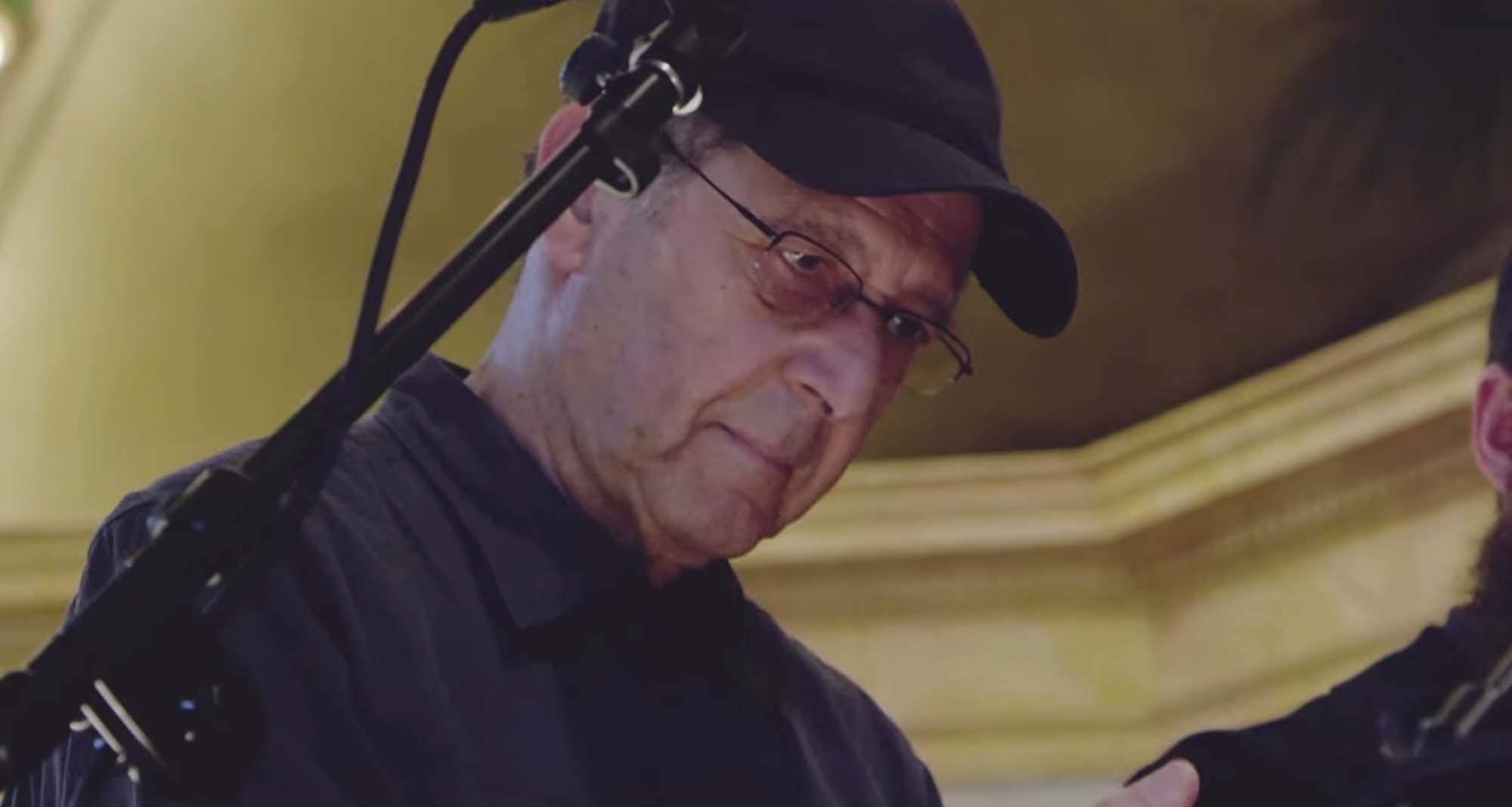A late evening in Brussels, 1972, Steve Reich attends an ill-performed night of flamenco in a cheap nightclub. He and his ensemble deride the playing, grimace through the singing but are suddenly struck by a moment of epiphany as the dancers bring hands together in the corrillo for a section of Palmas.
Walking out into the streets, Reich and crew began clapping, immediately attempting the phasing strategy that had brought the composer such focused attention in the period. A score for the body was written, a piece without need for amplification or any of the accoutrement of percussive performance.
One performer (or section of performers) claps a basic rhythm in 12/8, a variation of a fundamental African bell pattern. Another performer begins clapping in sync with the first, and following 8 or 12 bars, shifts by one eighth note to the right (in notation). This continues until the second performer has shifted the structure 12 eighth notes and is back in sync with the first performer.
In 2013, at the MusicNow festival of Cincinnati, I find Reich joined by Bryce Dessner and the members of Sö Percussion. They are rehearsing for an evening-length performance of the composer’s now legendary body of work. This piece, one he has dubbed a perfect work, contains the central gene of the artist’s body of work. 41 years after the piece’s conception, its divine symmetry rings out in an empty concert hall, as radical and succinct as the day it was born.
Published July 30th, 2014 // La Blogotheque

